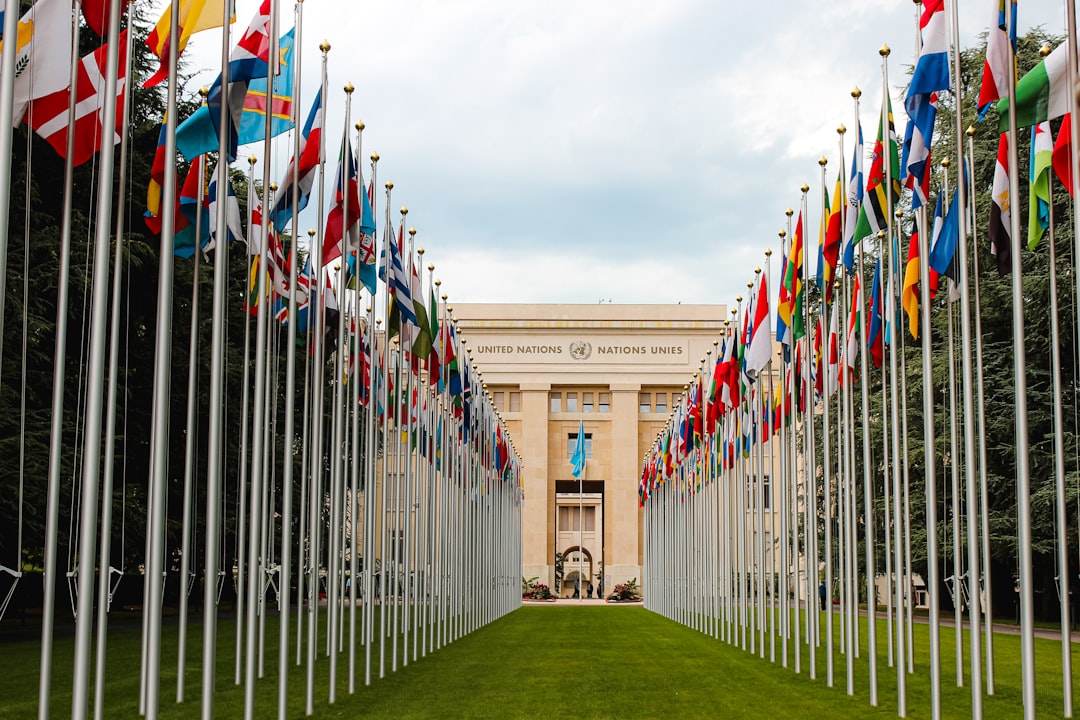What is it about?
In February 2019, U.S. News and World Report announced that it would expand its Best Law Schools data to include a new scholarly impact ranking of U.S. law schools using citations and publications from HeinOnline to measure faculty productivity. This news generated numerous questions and concerns from the legal academic community about this metric and how it will be calculated. Chief among these concerns is that the exclusion of interdisciplinary scholarship and books would create an incomplete representation of law faculty scholarly impact. This article examines the new U.S. News scholarly impact ranking and its use of HeinOnline as a data source. It compares law journal and interdisciplinary scholarship citation metrics and explores how the exclusion of the latter may severely skew scholarly impact rankings against some law schools. The remainder of this article suggests strategies to improve the accuracy of citation metrics for legal scholars and promote the visibility of their scholarship.
Featured Image

Photo by Thomas Lefebvre on Unsplash
Why is it important?
This practical advice will benefit anyone interested in representing the scholarly impact of law faculty to its fullest effect, including legal scholars, law school administrators, and communications departments. These strategies will also interest law librarians whose extensive knowledge of research sources and methods and commitment to supporting faculty scholarship makes them uniquely qualified to bolster scholarly impact and promote scholarly visibility at their institutions.
Read the Original
This page is a summary of: Representing Law Faculty Scholarly Impact: Strategies for Improving Citation Metrics Accuracy and Promoting Scholarly Visibility, Legal Reference Services Quarterly, July 2021, Taylor & Francis,
DOI: 10.1080/0270319x.2021.1966237.
You can read the full text:
Resources
Contributors
The following have contributed to this page










